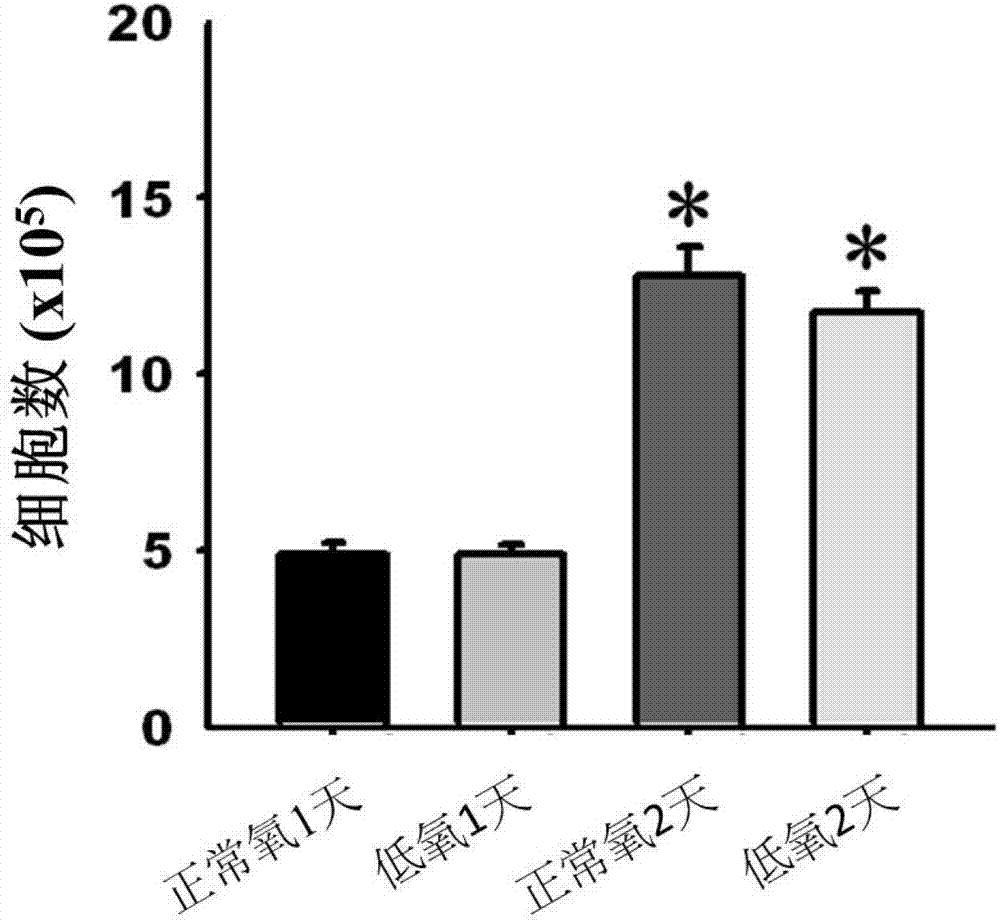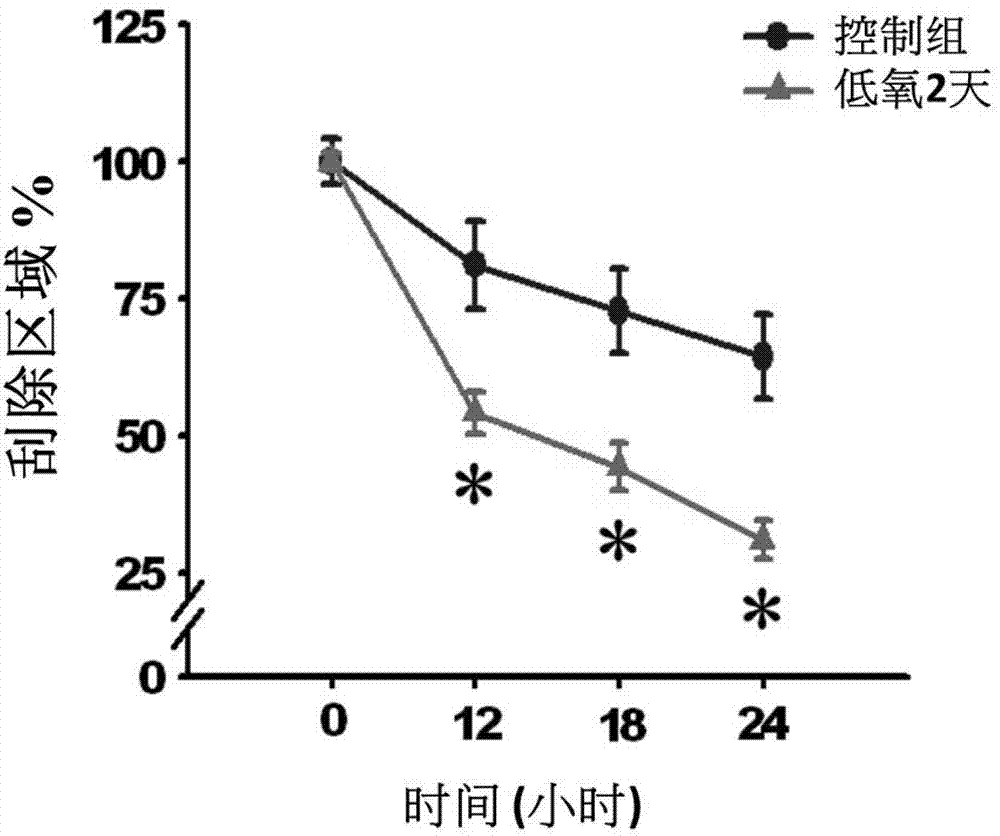Umbilical cord mesenchymal stem cell nutrient solution or product produced therefrom to be applied in preparing medicament for treating skin injury
A technology of mesenchymal stem cells and skin wounds, applied in the field of skin wound treatment, can solve the problems of difficult source of stem cells, moral doubts, difficulties in storage of preparations, etc., achieve the best clinical application potential, help construction, and increase the effect of aggregation
- Summary
- Abstract
- Description
- Claims
- Application Information
AI Technical Summary
Problems solved by technology
Method used
Image
Examples
example 1
[0046] Example 1: Preparation of human umbilical cord mesenchymal stem cells
[0047] Our laboratory uses human umbilical cords after childbirth, which are stored in HBSS (Biochrom L201-10) at 4°C in a sterile manner, and the umbilical cord mesenchymal stem cells are isolated within 24 hours. All experimental instruments need to be sterilized by high temperature and high pressure. During the separation operation, they are sterilized with 75% alcohol and burned before use. The umbilical cord was taken out in a sterile operating table, and placed in a calcium-free and magnesium-free buffer solution (CMF, Gibco14185-052) after being sterilized with alcohol. Next, the umbilical cord was cut longitudinally with instruments, and after the arteries and veins were peeled off, the interstitial tissue of the umbilical cord, Wharton's Jelly, was cut into small pieces of 0.5 cubic centimeters, and centrifuged at 4000 rpm for 5 minutes. After removing the supernatant, add an appropriate a...
example 2
[0048] Example 2: Preparation of Human Umbilical Cord Mesenchymal Stem Cell Culture Medium (Normal Oxygen Concentration and Low Oxygen Concentration)
[0049] Human umbilical cord mesenchymal stem cells were cultured in vitro. After the cells were completely attached for 24 hours, they were replaced with DMEM medium containing 2% BSA (Albumin, bovine serum, Sigma A4503) and placed in normal incubators (Normoxia; 20 %O2, 5%CO2), or a hypoxic incubator (Hypoxia; 1%O2, 5%CO2), cultured for 1 day or more than 2 days, and collected stem cell conditioned medium, which were called normoxia 1 day, normal Oxygen 2 days, hypoxia 1 day, and hypoxia 2 days HUMSCs conditioned medium (referred to as Normoxia1D, Normoxia2D, Hypoxia1D, and Hypoxia2D), centrifuged at 1200rpm for 5 minutes, separated cells and culture medium, sucked supernatant, and placed in- Store frozen at 80°C. The frozen culture medium is turned into powder by a freeze dryer (VIRTISBENCHTOP2K), which can be stored for a l...
example 3
[0050] Example 3: Normal oxygen concentration and hypoxic environment do not affect the proliferation ability of human umbilical cord mesenchymal stem cells
[0051] Human umbilical cord mesenchymal stem cells cultured under normal oxygen concentration or hypoxic environment were treated with 0.05% trypsin (Biochrom L2153) for three minutes, and the cell fluid was collected respectively, and an equal amount of 10% FBS DMEM culture medium was added to neutralize and homogenize Disperse, absorb the appropriate amount of cell fluid, count the cell counter, and compare whether the growth rate of human umbilical cord mesenchymal stem cells is affected by normal or hypoxic environment culture ( figure 1 ).
[0052] The results showed that the number of human umbilical cord mesenchymal stem cells cultured in normal oxygen concentration for 1 day (normal oxygen Normoxia1D group) was 4.9 ± 0.29 (x10 5 ); the number of human umbilical cord mesenchymal stem cells cultured for 1 day (Hyp...
PUM
 Login to View More
Login to View More Abstract
Description
Claims
Application Information
 Login to View More
Login to View More - R&D
- Intellectual Property
- Life Sciences
- Materials
- Tech Scout
- Unparalleled Data Quality
- Higher Quality Content
- 60% Fewer Hallucinations
Browse by: Latest US Patents, China's latest patents, Technical Efficacy Thesaurus, Application Domain, Technology Topic, Popular Technical Reports.
© 2025 PatSnap. All rights reserved.Legal|Privacy policy|Modern Slavery Act Transparency Statement|Sitemap|About US| Contact US: help@patsnap.com



